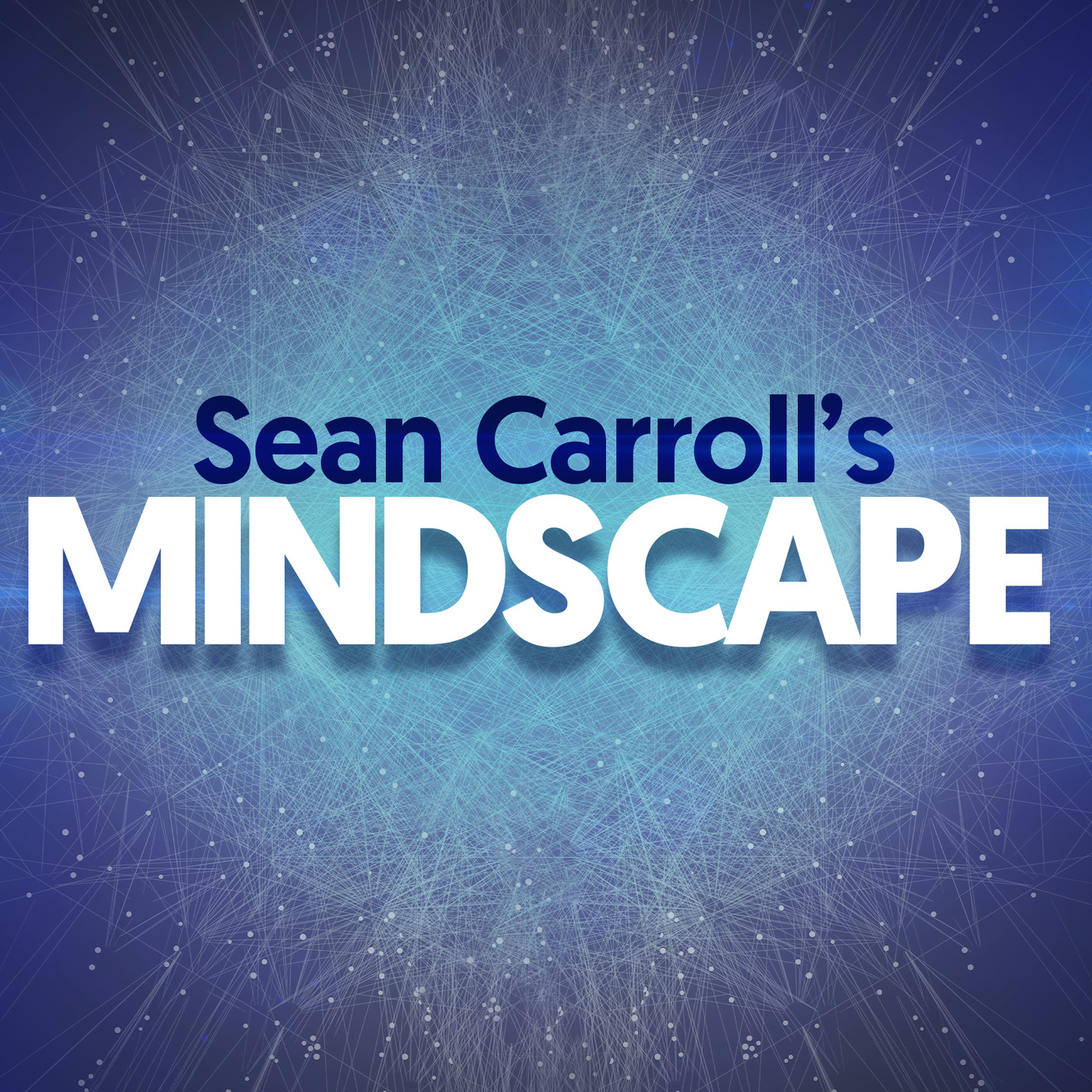
298 | Jeff Lichtman on the Wiring Diagram of the Brain

Sean Carroll's Mindscape: Science, Society, Philosophy, Culture, Arts, and Ideas
Deep Dive
How many neurons are in the human brain, and how does that compare to the number of stars in the Milky Way?
There are approximately 85 to 86 billion neurons in the human brain, which is comparable to the number of stars in the Milky Way galaxy.
Why is mapping the connectome of the brain important?
Mapping the connectome is crucial because the connections between neurons, not just the neurons themselves, are key to understanding how the brain functions, including processes like learning and memory.
What is Brainbow, and how does it help in neuroscience?
Brainbow is a technique developed by Jeff Lichtman that uses fluorescent proteins to color-code individual neurons in brain slices, allowing researchers to visualize and trace neural connections in detail.
What are the challenges in mapping the human connectome?
Mapping the human connectome is an enormous challenge due to the brain's complexity, with 86 billion neurons and trillions of connections. Current efforts have only mapped small organisms like fruit flies and roundworms, with human mapping still in its early stages.
How do neurons process and transmit information?
Neurons receive inputs through dendrites, process the information, and if the signal is strong enough, send outputs through axons to other neurons. This process involves electrical signals and synapses, where neurotransmitters facilitate communication.
What is the significance of the connectome in understanding brain disorders?
The connectome could provide insights into brain disorders like schizophrenia and autism by revealing how neural wiring differs in affected individuals, potentially leading to better diagnoses and treatments.
How does the complexity of the human brain compare to other animals?
While humans have more neurons relative to body size than most animals, other species like elephants and whales have larger brains with more neurons. However, human brains have more association cortex, which is linked to higher cognitive functions.
What is the current state of connectome mapping in simpler organisms?
The connectomes of simpler organisms like the roundworm C. elegans (300 neurons) and the fruit fly Drosophila have been fully mapped. These efforts provide foundational insights but are far less complex than the human brain.
How do neurons adapt and change over time?
Neurons can change their sensitivity and synaptic strength based on experience, a process known as neuroplasticity. This allows for learning and memory formation, even though the basic wiring remains the same.
What is the role of glial cells in the brain?
Glial cells support neurons by providing structural and functional assistance, such as maintaining homeostasis, insulating axons, and aiding in signal transmission, though neurons are primarily responsible for information processing.
Shownotes Transcript
The number of neurons in the human brain is comparable to the number of stars in the Milky Way galaxy. Unlike the stars, however, in the case of neurons the real action is in how they are directly connected to each other: receiving signals over synapses via their dendrites, and when appropriately triggered, sending signals down the axon to other neurons (glossing over some complications). So a major step in understanding the brain is to map its wiring diagram, or connectome): the complete map of those connections. For a human brain that's an intimidatingly complex challenge, but important advances have been made on tinier brains. We talk with Jeff Lichtman, a leader in brain mapping, to gauge the current state of progress and what it implies.
Support Mindscape on Patreon).
Blog post with transcript: https://www.preposterousuniverse.com/podcast/2024/12/09/298-jeff-lichtman-on-the-wiring-diagram-of-the-brain/)
Jeff Lichtman received an MD/PhD from Washington University in St. Louis. He is currently the Jeremy R. Knowles Professor of Molecular and Cellular Biology and Santiago Ramón y Cajal Professor of Arts and Sciences at Harvard University. He is co-inventor of the Brainbow) system for imaging neurons. He is a member of the National Academy of Sciences.
See Privacy Policy at https://art19.com/privacy) and California Privacy Notice at https://art19.com/privacy#do-not-sell-my-info).